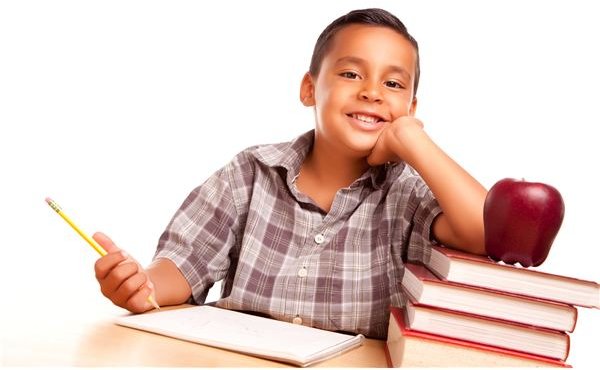Which Provisions Can Students With Physical Disabilities Access in the Special Ed Classroom?
Overview and Types of Physical Disabilities
A variety of special education services for students with physically disabilities are available in the United States. There are laws and
acts that protect the rights of special education students in the classroom and ensure that they are provided a quality education. The Individuals with Disabilities Education Act of 1975 (IDEA) ensures that all children are offered a free education through their local public schools. There are several categories of physical challenges that are defined under special education law, and each involves certain accommodations that can be made for students with disabilities in the public school setting. Depending on the severity of their disabilities, these children are eligible for an extensive range of provisions as outlined by the Individuals with Disabilities Education Act.
Examples of physical disabilities include epilepsy, cerebral palsy, muscular dystrophy, orthopedic impairments, blood disorders and heart conditions. Children who have one or more of these conditions and have been formally identified by the public school system as being physically disabled are entitled under IDEA laws to receive an Individualized Education Program (IEP).
The IEP Process
The IDEA specifically states that children with disabilities have the right to a free public education that is offered in the “least restrictive environment appropriate to their individual needs.” The act also mandates Individualized Education Programs (IEPs). An IEP is a document which outlines the specific educational and physical needs that must be met in order to generate the most effective learning environment possible. Through the IEP process, the special education coordinator, teachers, parents and possibly related services providers, will meet as a team and decide which services will best benefit the physically challenged student.
Services That Benefit Children With Disabilities
Physical therapy and occupational therapy are two services that are sometimes provided to students with physical disabilities in the public school system. Physical therapy focuses on gross motor skills that involve the larger muscles in the body. A disabled child can improve strength, movement, endurance and muscle tone through exercises that are performed with a therapist’s help. School physical therapy treatment assists a student in traveling throughout the school environment; participating in classroom activities; maintaining and altering positions in the classroom; as well as managing stairs, restrooms and the cafeteria. Physical therapy is also recommended for improving wheelchair mobility. A special needs student often meets with the physical therapist once or twice per week, depending on the child’s individual needs. However, in some instances, the physical therapist’s role is to consult with the student’s teachers regarding impact of mobility and functional movement on the child’s participation in school activities then make appropriate recommendations.
Occupational therapy plays a role in helping students engage in activities of daily living, such as educational activities, work, play, leisure and social participation. In the school setting, activities of daily living include academic and non-academic activities such as social skills, math, reading, writing, PE and recess participation, and self-help skills. When students need assistance with self-help skills such as washing hands, managing clothes for toileting, and tying shoes, a referral for occupational therapy is usually made. Students with physical disabilities also qualify for occupational therapy services when they have delays with fine motor skills such as cutting with scissors, typing and handwriting. The occupational therapist sometimes works directly with students once or twice per week, and sometimes the therapist’s role is to consult with the teachers and parents and make recommendations.
There are many other accommodations that can be made for children with physical disabilities who attend public schools. For example, children who use a wheelchair or who walk with the assistance of crutches, braces or a walker can be given access to a school elevator in multi-level buildings. Appropriate accommodations should also ensure that these students have the necessary amount of physical space necessary to maneuver about in a classroom setting.
Students who struggle with communication as a result of a disorder such as cerebral palsy may benefit from speech/language therapy, communication boards, voice synthesizers or other assistive technology. Speech and language disorders refer to problems with communication related to areas such as oral motor function. These problems can range from basic sound substitutions to the inability to understand and use language or speak functionally. Speech and language disorders can be caused by hearing loss, neurological problems, brain injury, intellectual disability or physical impairments such as cleft lip or palate. In many cases, however, the cause is unknown. These impairments involve communication disorders such as stuttering, articulation problems, language impairments or a voice issue that adversely affects a child’s education.
Teachers of epileptic students should be trained in preparation for administering first aid in the event of a seizure. ADA also includes accessible school bus transportation for students with physical disabilities, and special assistance for transportation to and from the school can also be arranged by the IEP team if necessary.
The public school system can be a positive environment for children with special needs, and thanks to IDEA these special needs can be met through the variety of services that are available for students with physically disabilities.
References
- Southwest ADA Center: Individuals with Disabilities Education Act (IDEA)
- TherAbilities: Fact Sheet: The Difference Between Clinical and School Therapy Services
